Our Biggest Challenges Getting a Chronic Dry Eye Diagnosis
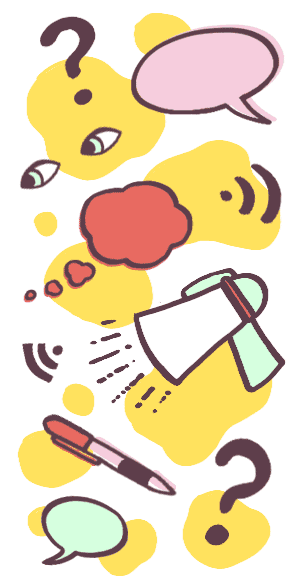
The itch we can’t quite scratch. The burning, painful stinging. The blurry vision and eye fatigue. Living with chronic dry eye can, at times, feel debilitating.
For some of us, that initial diagnosis is followed by lots of questions...and not enough answers. How much of my life will change? What will treatment look like? Will I always be living with this? It can be overwhelming to think about what lies ahead.
We asked our ChronicDryEye.net community about some of their most challenging struggles surrounding their diagnosis. Here’s what they had to say.
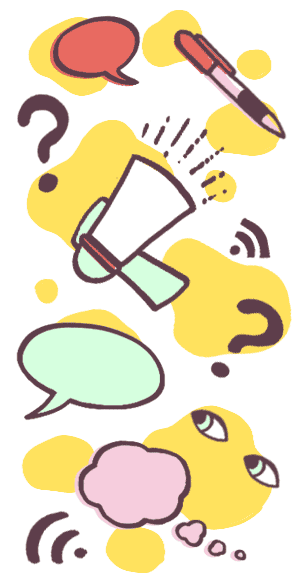
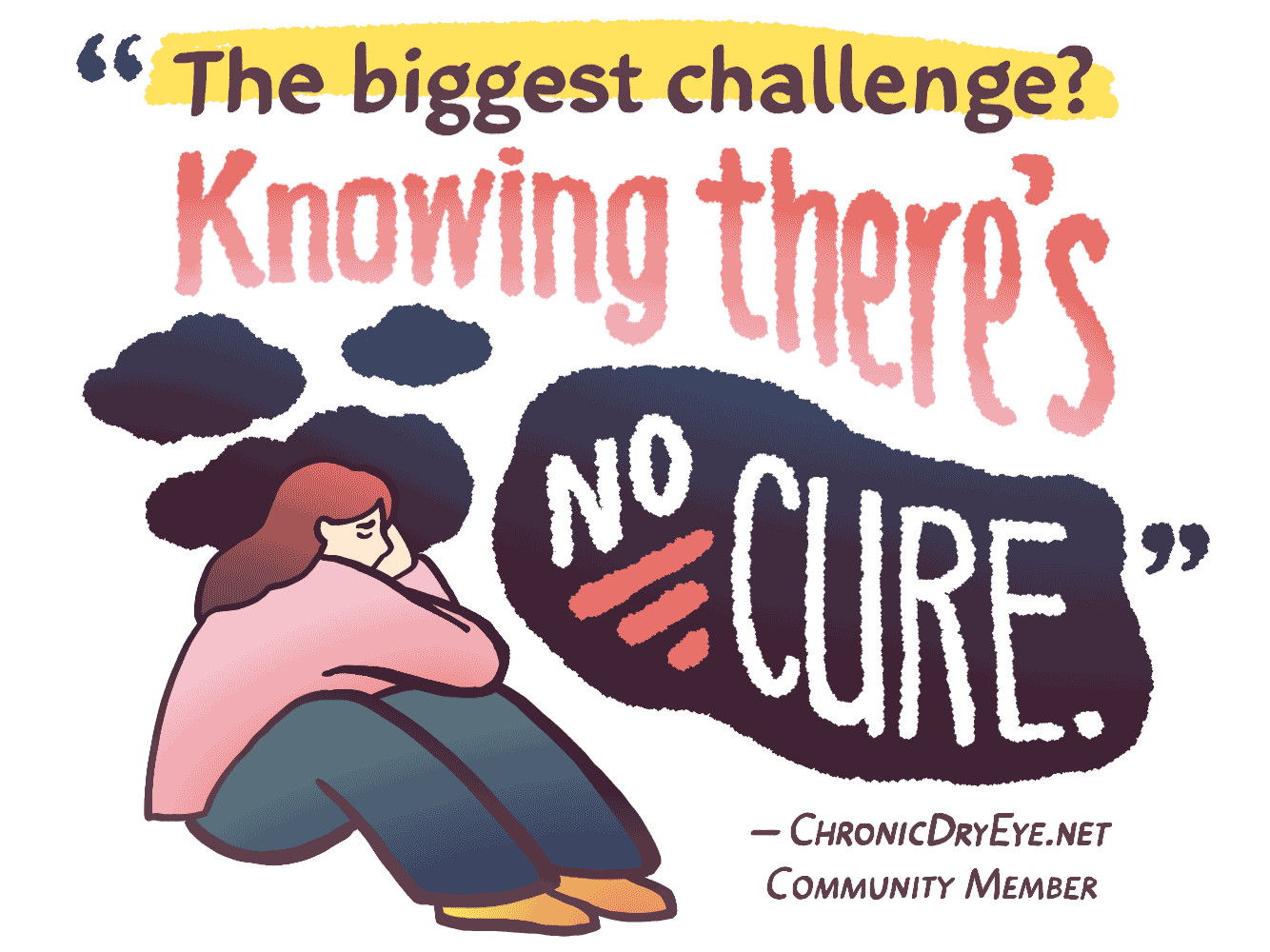

Finding the right doctor
Getting diagnosed is the easy part, right? Not always.
Some symptoms are only felt and rarely seen, like grittiness and soreness. There are multiple causes of the condition. And there’s no one test to diagnose the disease. This can make getting a chronic dry eye diagnosis a long – and frustrating – road.
But there’s another layer to all of this: finding a doctor who is the right fit. A doctor who is supportive. Who really hears us. Who understands chronic dry eye and its challenges.
Finding a doctor who will work with us – and our unique needs – is essential. This is especially important since some in our community say they’ve had difficulty getting a doctor to take their symptoms at face value. Where to look? There are a variety of different specialists out there who may be able to help. And, as always, open and honest communication with our doctor about how we’re feeling is a must.


“Finding a doctor who recognized it as an actual disease or a real problem was tough.”
– ChronicDryEye.net Community Member
Understanding treatment options
Treating chronic dry eye can be just as difficult as getting a diagnosis. One reason? Rating the severity of a person’s dry eye isn’t always clear cut. For example, a doctor may believe that someone is experiencing mild dry eye while the individual thinks their condition is severe – or vice versa.
But there’s more to the story. Symptoms can change over time. Other eye conditions may come into play. All of this can make treating the disease even harder. For many with chronic dry eye, it’s a trial-and-error process to find something that helps.
What else can we do? Some in our community find that creating their own self-care routines for use at home or on the go can help. Eye masks, eyelid wipes, and warm towel compresses may provide some momentary relief.

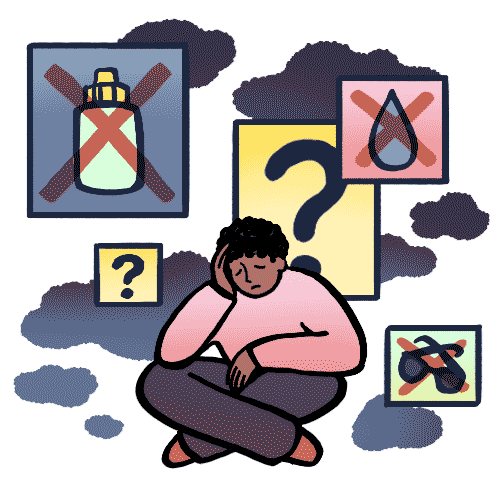
“The most challenging part of getting diagnosed was finding treatments that actually helped.”
– ChronicDryEye.net Community Member
Dealing with the day-to-day
Sometimes it can feel like our dry eye impacts almost every aspect of our lives, including the simplest of tasks. Reading a book can become more uncomfortable and less enjoyable. Concentrating on the road ahead when driving? Well, that’s more challenging now. Even managing symptoms and triggers at work can feel like a second job.
Chronic dry eye can affect so much. And this realization may make us feel a lot of things. Sad. Frustrated. Anxious. Worried. This is completely normal. The important thing is to give ourselves space to feel whatever it is we're feeling – and talk it out with someone we trust.
How else can we cope? Getting enough rest, staying hydrated, and limiting our screen time may help. Some in our community also find comfort in recognizing the unexpected silver linings.

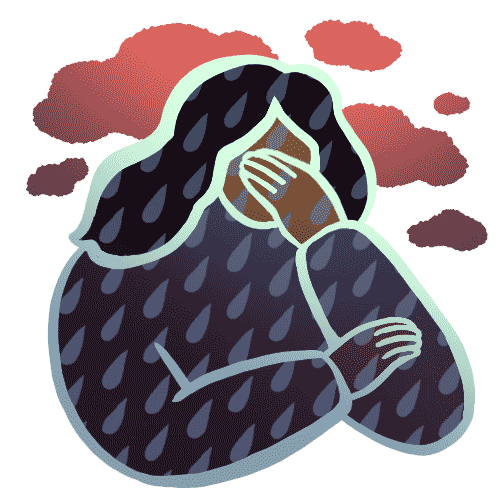
“I was in tears when I received the diagnosis.”
– ChronicDryEye.net Community Member
Moving forward
Hearing we’ve been diagnosed with chronic dry eye can bring on a lot of worries and frustrations. But the most important thing to remember is that we aren’t alone. The more we can lean on communities like ChronicDryEye.net, the more we can find the support we need to help make this journey a little less bumpy.
